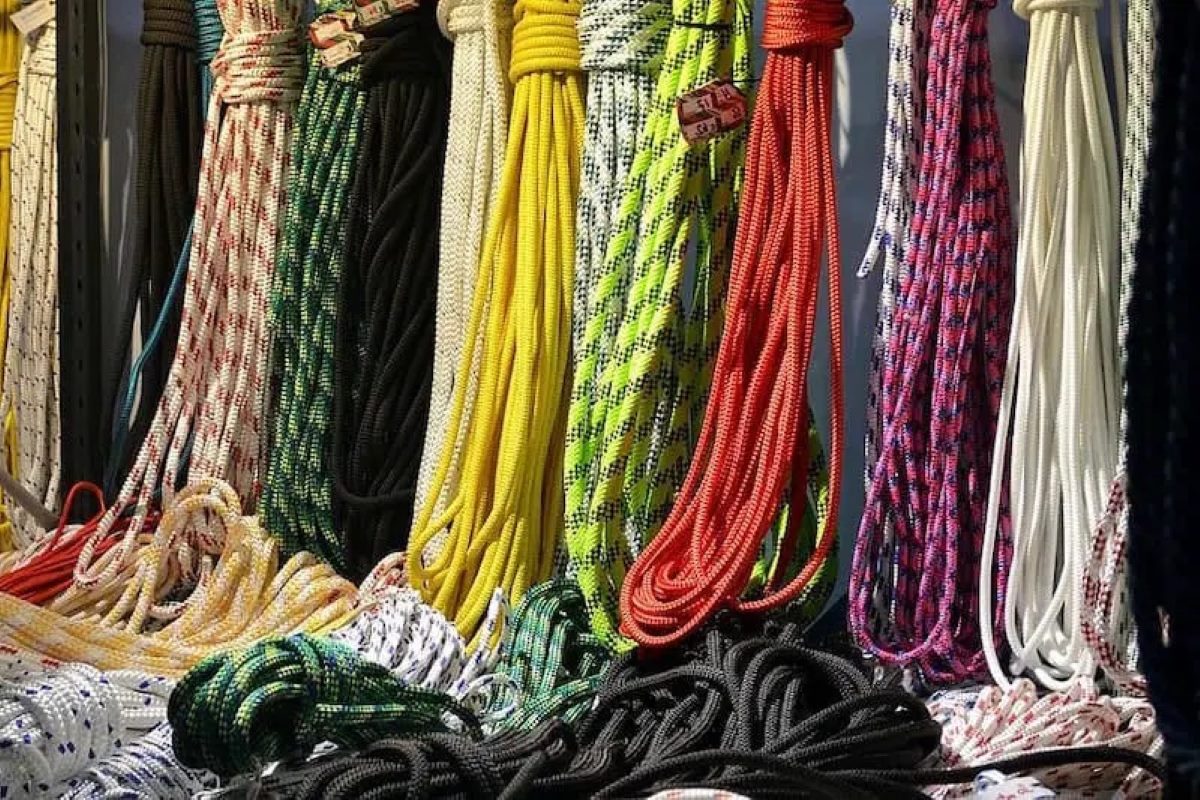

Articles
How To Store A Climbing Rope
Modified: April 22, 2024
Learn the best techniques and tips for storing your climbing rope in this comprehensive and informative article. Find practical advice and expert recommendations to keep your rope in optimal condition.
(Many of the links in this article redirect to a specific reviewed product. Your purchase of these products through affiliate links helps to generate commission for Storables.com, at no extra cost. Learn more)
Introduction
A climbing rope is an essential piece of equipment for rock climbers and mountaineers alike. It provides the lifeline that keeps them safe as they ascend vertical cliffs and conquer towering peaks. However, when the climbing adventure comes to an end, proper storage is crucial to maintain the integrity and longevity of the rope.
In this article, we will explore the various methods and techniques you can employ to store your climbing rope effectively. Whether you are a seasoned climber or a novice just starting out, understanding the importance of proper rope storage will help you extend its lifespan and ensure your safety on future climbs.
From choosing the right storage method to cleaning and drying the rope, as well as coiling and storing it in a rope bag or hanging it up, we will cover all the essential steps you need to take to keep your climbing rope in optimal condition. So, let’s dive in and learn how to store a climbing rope correctly!
Key Takeaways:
- Properly storing your climbing rope is essential for maintaining its integrity and ensuring your safety on future climbs. Choose the right storage method, clean and dry the rope, and use suitable storage equipment to preserve its lifespan.
- Whether you coil and store your rope, use a rope bag, hang it, or store it in a backpack, each method has its advantages. Regularly inspect your climbing rope for wear or damage, and prioritize safety and proper care to extend its lifespan.
Read more: How To Store Climbing Rope
Choosing the Right Storage Method
When it comes to storing a climbing rope, there are a few different methods you can choose from depending on your preferences and available space. Let’s explore some of the most common storage options:
1. Coiling and Storing: This is one of the most popular methods for storing a climbing rope. Simply coil the rope neatly, making sure not to twist or tangle it, and secure it with a rope strap or a rubber band. You can then store the coiled rope in a cool, dry place away from direct sunlight. This method is ideal for those who have limited space and want a convenient storage solution.
2. Rope Bag: Using a rope bag is a great option if you want to protect your rope from dirt, dust, and moisture. Rope bags come in various sizes and designs, but most feature a built-in tarp that allows you to lay out the rope on a clean surface. Once the rope is laid out, simply roll it up inside the bag, ensuring it is free from any twists or knots. The bag can then be easily stored in a closet or gear room.
3. Hanging: Hanging the climbing rope is another effective storage method that keeps it off the ground, preventing dirt and moisture from accumulating. Find a sturdy hook or hanger and loop the rope securely around it. Make sure the rope is not in contact with any sharp edges or surfaces that could damage it. Hanging the rope also allows for easy access when you’re ready to use it again.
4. Backpack or Duffel Bag: If you’re short on space or frequently on the go, storing the climbing rope in a backpack or duffel bag can be a practical option. Coil the rope neatly and place it inside the bag, ensuring there is no extra weight pressing down on it. This method is especially useful for those who prefer to have all their climbing gear in one place and need a portable storage solution.
Ultimately, the choice of storage method will depend on factors such as space availability, convenience, and personal preference. Regardless of the method you choose, always make sure the storage area is clean, dry, and away from direct sunlight to prevent any damage to the rope.
Cleaning and Drying the Climbing Rope
Properly cleaning and drying your climbing rope is an essential step in maintaining its performance and lifespan. Here are some guidelines to help you keep your rope in excellent condition:
1. Inspect the Rope: Before cleaning, carefully inspect the entire length of the rope for any signs of damage, such as cuts, frays, or weak spots. If you notice any issues, it’s best to retire the rope and replace it.
2. Remove Dirt and Debris: To remove dirt, dust, and other debris from the rope, you can use a gentle brush or a damp cloth. Gently scrub the rope’s surface, paying close attention to any areas that appear particularly dirty. Avoid using harsh cleaning agents or abrasive materials that can damage the rope’s protective coating.
3. Deep Cleaning: If your rope is significantly soiled or has been exposed to harsh conditions, it may require a more thorough cleaning. Fill a bathtub or large basin with lukewarm water and add a mild soap or rope-specific cleaner. Immerse the rope in the water and agitate it gently, allowing the soap to penetrate the fibers. Rinse the rope thoroughly with clean water to remove any soap residue.
4. Drying the Rope: After cleaning, it’s crucial to ensure that the rope is thoroughly dried before storing it. Lay the rope out in a well-ventilated area, away from direct sunlight and heat sources. Avoid hanging the rope to dry, as this can cause it to stretch unevenly. Allow the rope to air dry completely, flipping it over periodically to ensure both sides dry evenly.
5. Avoiding Heat Exposure: Never expose the rope to excessive heat, including direct sunlight, heaters, or radiators, as this can weaken the fibers and lead to degradation. It’s best to store the rope in a cool, dry place to maintain its integrity.
Regularly cleaning and drying your climbing rope not only helps prolong its lifespan but also ensures a safer climbing experience. By removing dirt and debris, you reduce the risk of damage to the rope and prevent premature wear and tear. Remember to check the manufacturer’s recommendations for cleaning and care specific to your rope, as different types of ropes may have unique requirements.
Coiling and Storing the Climbing Rope
Properly coiling and storing your climbing rope is essential to prevent tangles and kinks, as well as to maintain the rope’s overall integrity. Follow these steps to coil and store your climbing rope correctly:
1. Find a Clean and Clear Area: Start by finding a clean and clear area where you can lay out the rope. Make sure there are no obstructions or sharp objects that could damage the rope during the coiling process.
2. Untangle the Rope: Before you begin coiling, make sure the rope is free from any tangles or knots. Carefully lay out the rope in a straight line, taking the time to untangle any twists or snags.
3. Create a Loop: Once the rope is untangled, create a large loop near one end of the rope. Hold the loop with one hand, making sure there is enough space to create additional coils.
4. Make Even Coils: With the loop held in one hand, use your other hand to start making even coils. Bring the rope over your holding hand and under the loop, creating a new coil each time. Continue making coils until you reach the end of the rope.
5. Over Under Technique: When making the coils, use the “over under” technique to prevent the rope from twisting. Each coil should alternate between going over the previous coil and then under the subsequent coil. This technique helps maintain the rope’s integrity and prevents tangles when it’s time to use it again.
6. Securing the Coiled Rope: Once the rope is fully coiled, secure it using a rope strap, carabiner, or a rubber band. Make sure the rope is tightly secured to prevent it from unraveling or getting tangled.
7. Choosing the Storage Method: Depending on your available space and personal preference, you can choose from various storage options like a rope bag, hanging the rope, or storing it in a backpack or duffel bag. Select the method that suits your needs and ensures the rope is protected from dirt, moisture, and other potential sources of damage.
8. Storage Conditions: Regardless of the storage method chosen, it’s important to store the rope in a cool, dry place away from direct sunlight. Exposure to heat and humidity can degrade the rope’s fibers and compromise its strength.
By following these steps, you can effectively coil and store your climbing rope, keeping it well-organized and ready for your next adventure. Remember to inspect the rope periodically for any signs of wear or damage, and if you have any concerns about its integrity, it’s best to retire it and invest in a new one to ensure your safety during climbs.
Store your climbing rope in a cool, dry place away from direct sunlight and chemicals. Coil it loosely to avoid kinks and store it in a rope bag to protect it from dirt and abrasion.
Using a Rope Bag for Storage
Using a rope bag is a convenient and effective way to store your climbing rope. Not only does it protect the rope from dirt, dust, and moisture, but it also allows for easy transportation to and from climbing sites. Here’s how to properly use a rope bag for storage:
1. Choose a Suitable Rope Bag: When selecting a rope bag, consider factors such as size, durability, and additional features. Look for a bag that is spacious enough to accommodate your rope length and other climbing essentials. It should have a built-in tarp or groundsheet to keep the rope clean and protect it from the ground.
2. Prepare the Rope: Before using the rope bag, ensure that the climbing rope is clean and dry. If the rope is damp or dirty, refer to the previous sections on cleaning and drying the rope before proceeding.
3. Lay Out the Bag: Lay the rope bag flat on the ground, ensuring that the built-in tarp or groundsheet is spread out completely. This will provide a clean and dry surface for the rope.
4. Coil the Rope: Take your coiled climbing rope and place it on the tarp or groundsheet inside the rope bag. Ensure that the coils are neat, free from any twists or knots, and evenly distributed within the bag.
5. Secure the Bag: Once the rope is inside the bag, close it securely using the bag’s closure mechanism, such as a zipper, drawstring, or buckles. Make sure the bag is tightly sealed to prevent any dirt or moisture from entering.
6. Carry and Store: With the rope safely stored in the bag, you can easily transport it to your climbing location. Use the bag’s carrying handles or shoulder straps to carry it comfortably. When storing the rope bag, choose a cool, dry place away from direct sunlight to maintain the rope’s integrity.
7. Regularly Inspect: It’s important to periodically inspect the rope and bag for any signs of wear, damage, or deterioration. Check the bag’s closures, straps, and tarp for any issues that may compromise its functionality.
Using a rope bag for storage not only keeps your climbing rope clean and protected but also streamlines the process of preparing for your climbs. It provides a convenient and organized way to transport your rope and ensures that it’s ready to use whenever you’re ready to tackle the next challenge. Remember to follow the manufacturer’s instructions and guidelines for your specific rope bag to maintain its durability and functionality over time.
Read more: How To Climb Rope Ladder
Hanging the Climbing Rope
Hanging the climbing rope is a practical and space-saving storage method. It keeps the rope off the ground, prevents dirt and moisture from accumulating, and allows for easy access when you’re ready to climb again. Here’s how to properly hang your climbing rope:
1. Find a Suitable Hanging Location: Look for a sturdy hook, hanger, or anchor point where you can hang the rope. Make sure the hanging location can support the weight of the rope without any risk of falling or causing damage to the rope or surrounding area.
2. Inspect the Hanging Area: Before hanging the rope, inspect the hanging area for any sharp edges, rough surfaces, or protruding objects that could potentially damage the rope. Ensure that the area is clear and safe for hanging.
3. Coil the Rope: Begin by coiling the climbing rope neatly on the ground, using the “over under” technique to prevent twisting. Make sure the coils are even and tight, without any loose strands or knots.
4. Choose a Hanging Method: There are a few different methods you can use to hang the rope. One method is to create a loop at one end of the rope and pass it through the anchor point or hook, then feed the rest of the rope through the loop. This creates a secure and adjustable hanging point.
5. Secure the Hanging Point: Once the rope is passed through the anchor point or hook, ensure that it is securely fastened. Double-check that the hanging point is stable and capable of supporting the weight of the rope.
6. Allow for Some Slack: When hanging the rope, it’s essential to leave some slack to accommodate any natural stretch or movement of the rope over time. Too much tension can cause unnecessary stress on the rope and potentially weaken it.
7. Regularly Inspect: Periodically inspect the hanging rope to ensure it is secure and hasn’t slipped or become loose. Check the coil for any signs of wear, fraying, or damage. If you notice any issues, readjust or rehang the rope as necessary.
Hanging your climbing rope not only keeps it organized and easily accessible but also helps prolong its lifespan by preventing it from coming into contact with dirt and moisture on the ground. Remember to always handle the rope with care and inspect it regularly for any signs of wear or damage. By properly hanging your climbing rope, you’ll be ready to hit the rocks whenever adventure calls!
Storing the Climbing Rope in a Backpack or Duffel Bag
If you’re looking for a portable and convenient storage solution for your climbing rope, storing it in a backpack or duffel bag can be a great option. This method allows you to keep your rope and other climbing gear together in one place while providing protection and ease of transport. Here’s how to properly store your climbing rope in a backpack or duffel bag:
1. Choose the Right Bag: Select a backpack or duffel bag that is spacious enough to accommodate your rope length and other climbing essentials. Look for a bag with sturdy construction, reinforced handles or straps, and compartments or pockets to keep your gear organized.
2. Prepare the Rope: Before storing the rope, ensure that it is clean and dry. If the rope is damp or dirty, refer to the earlier sections on cleaning and drying the rope to properly prepare it.
3. Coil the Rope: Coil the climbing rope neatly, using the “over under” technique to prevent tangling and twisting. Make sure the coils are even and tight, without any loose strands or knots.
4. Organize the Bag: Lay the backpack or duffel bag flat on the ground and open it up. Place the coils of rope inside the bag, making sure they fit comfortably without any excessive pressure that could damage the rope.
5. Additional Gear: If you have any other climbing gear such as harnesses, carabiners, or shoes, you can place them in the bag along with the rope. Use compartments or pockets to keep everything organized and easily accessible.
6. Secure the Bag: Once all the gear, including the rope, is inside the bag, securely close and fasten it. Make sure the bag is tightly sealed to prevent any dirt, moisture, or unwanted movement inside.
7. Storage Location: When storing the backpack or duffel bag, choose a cool, dry place away from direct sunlight. Avoid storing it in hot or humid environments, as this can degrade the rope and other gear over time.
8. Regular Maintenance: Periodically check the bag and its contents for any signs of wear, damage, or deterioration. Clean the bag as needed and address any issues promptly to ensure the longevity of both the bag and the rope.
Storing your climbing rope in a backpack or duffel bag provides a portable and efficient solution for keeping your gear organized and protected. It allows for easy transportation to and from climbing locations while keeping everything in one easily accessible place. Remember to handle the rope and gear with care and inspect them regularly to ensure your safety and the longevity of your equipment.
Conclusion
Properly storing your climbing rope is crucial for maintaining its integrity and ensuring your safety on future climbs. Choosing the right storage method, cleaning and drying the rope, and using the appropriate storage equipment are all essential steps in preserving the lifespan of your rope. By following these guidelines, you can ensure that your climbing rope remains in excellent condition for many adventures to come.
Whether you opt to coil and store your rope, use a rope bag, hang it, or store it in a backpack or duffel bag, each method has its advantages and considerations. It’s important to select the method that suits your needs, space availability, and personal preference.
Regularly inspecting your climbing rope for any signs of wear or damage is crucial. If you notice any issues, it’s best to retire the rope and replace it to maintain your safety during climbs.
Remember to clean the rope regularly to remove dirt and debris, dry it thoroughly to prevent moisture-related issues, and store it in a cool, dry place away from direct sunlight. By adhering to these practices, you can ensure that your climbing rope remains in optimal condition, providing the reliability and security you need during your climbing endeavors.
Always prioritize safety and proper care when it comes to storing your climbing rope. By implementing these guidelines, you can extend the lifespan of your rope, protect your investment, and enjoy many successful climbs with peace of mind.
Frequently Asked Questions about How To Store A Climbing Rope
Was this page helpful?
At Storables.com, we guarantee accurate and reliable information. Our content, validated by Expert Board Contributors, is crafted following stringent Editorial Policies. We're committed to providing you with well-researched, expert-backed insights for all your informational needs.
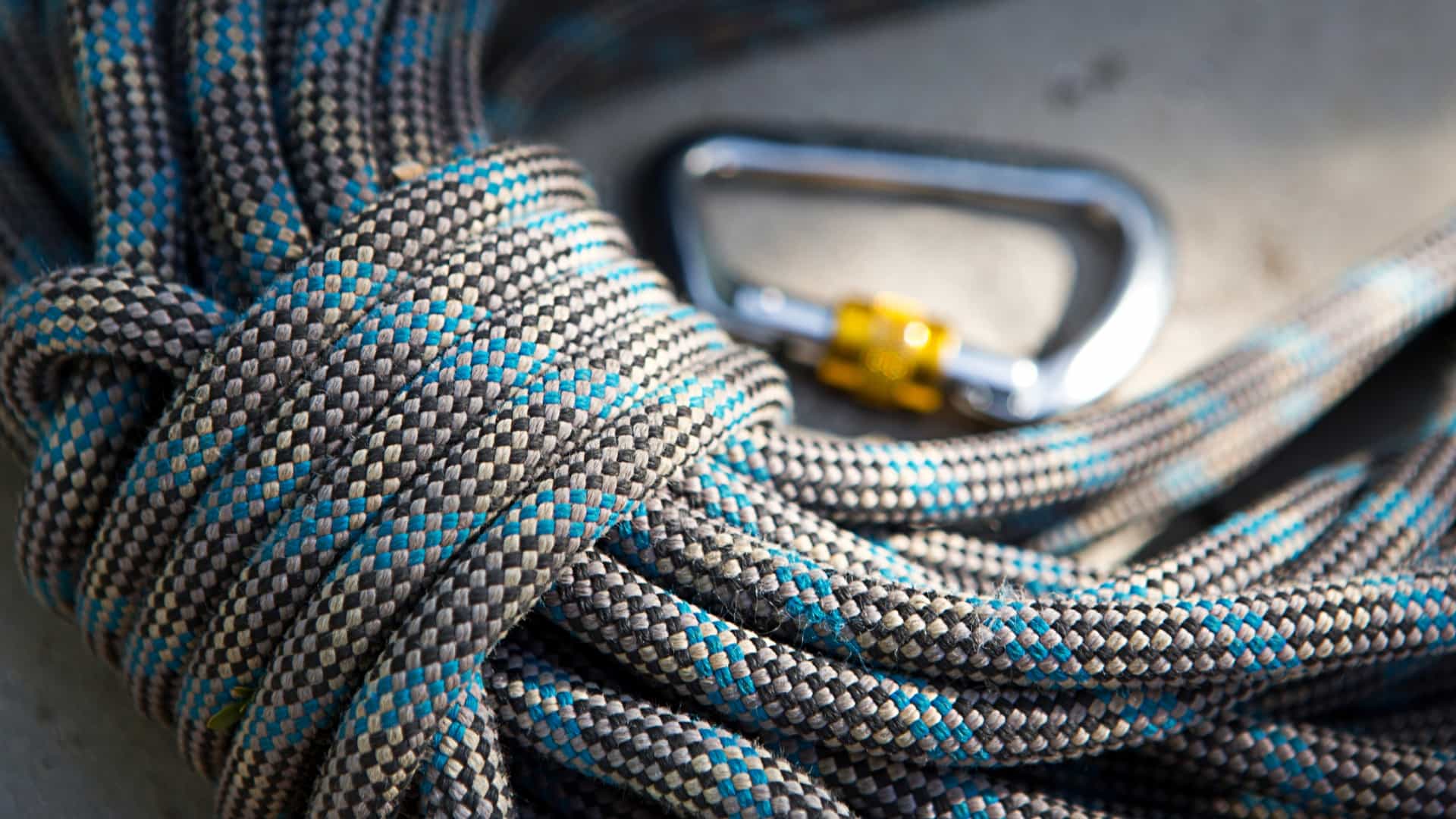
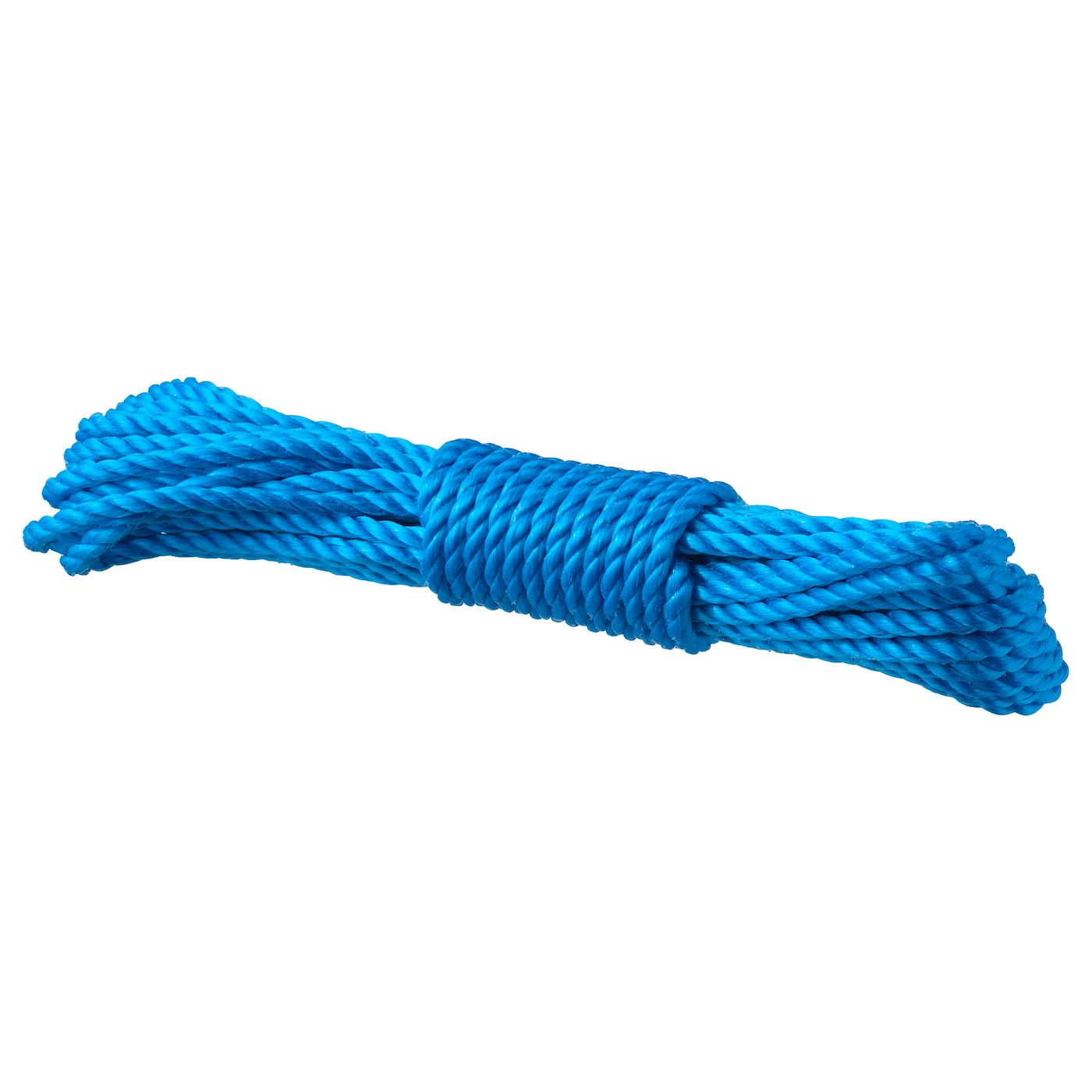
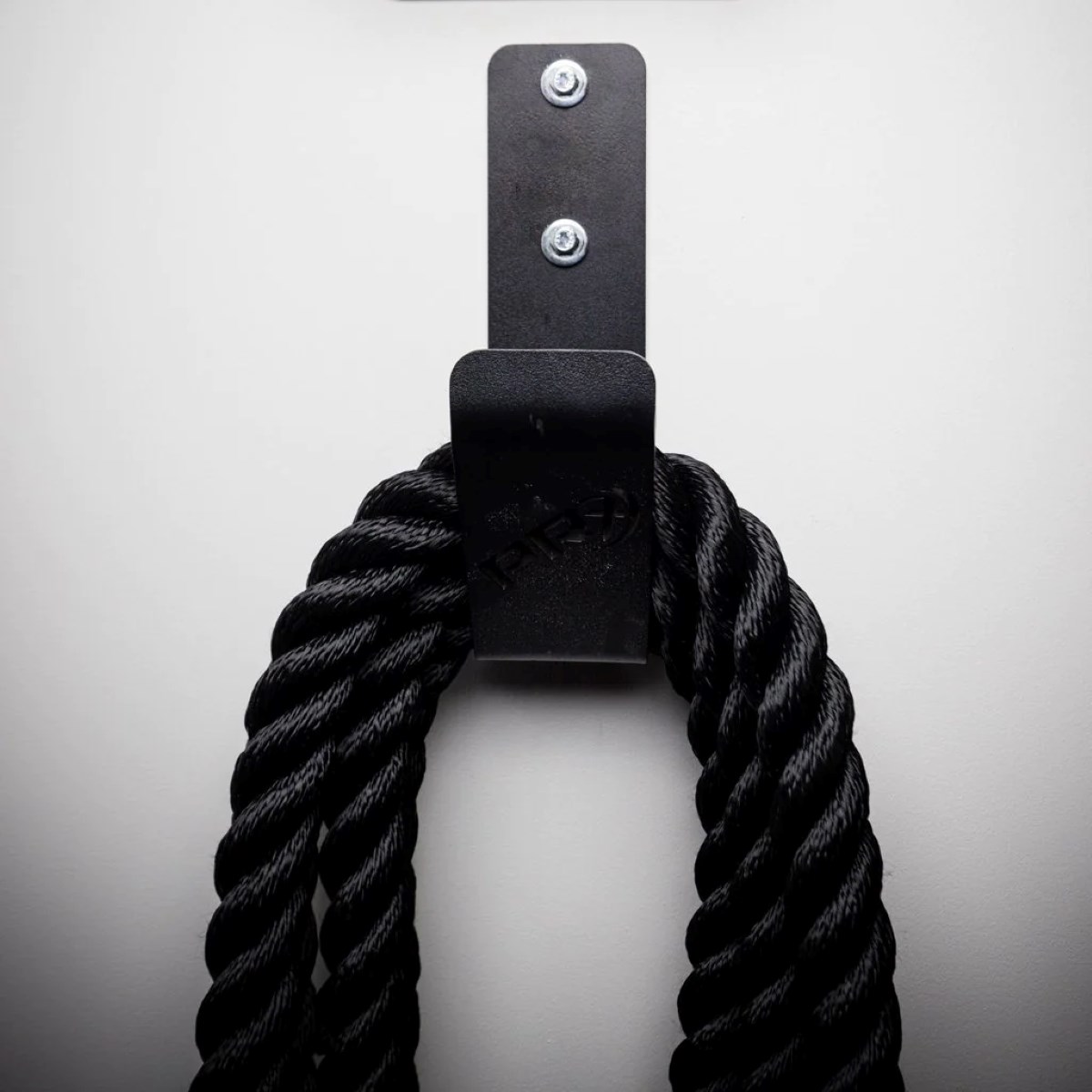
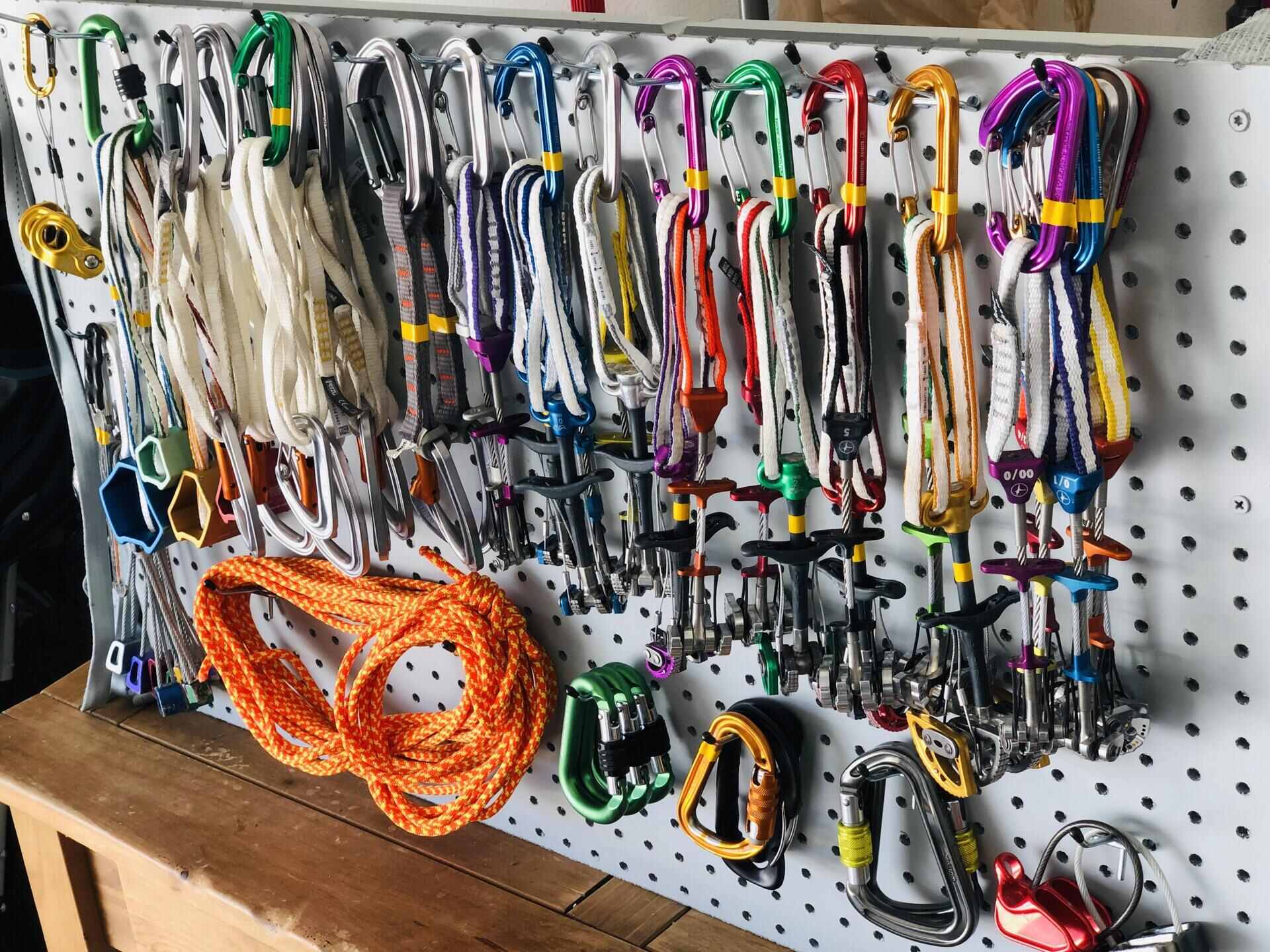
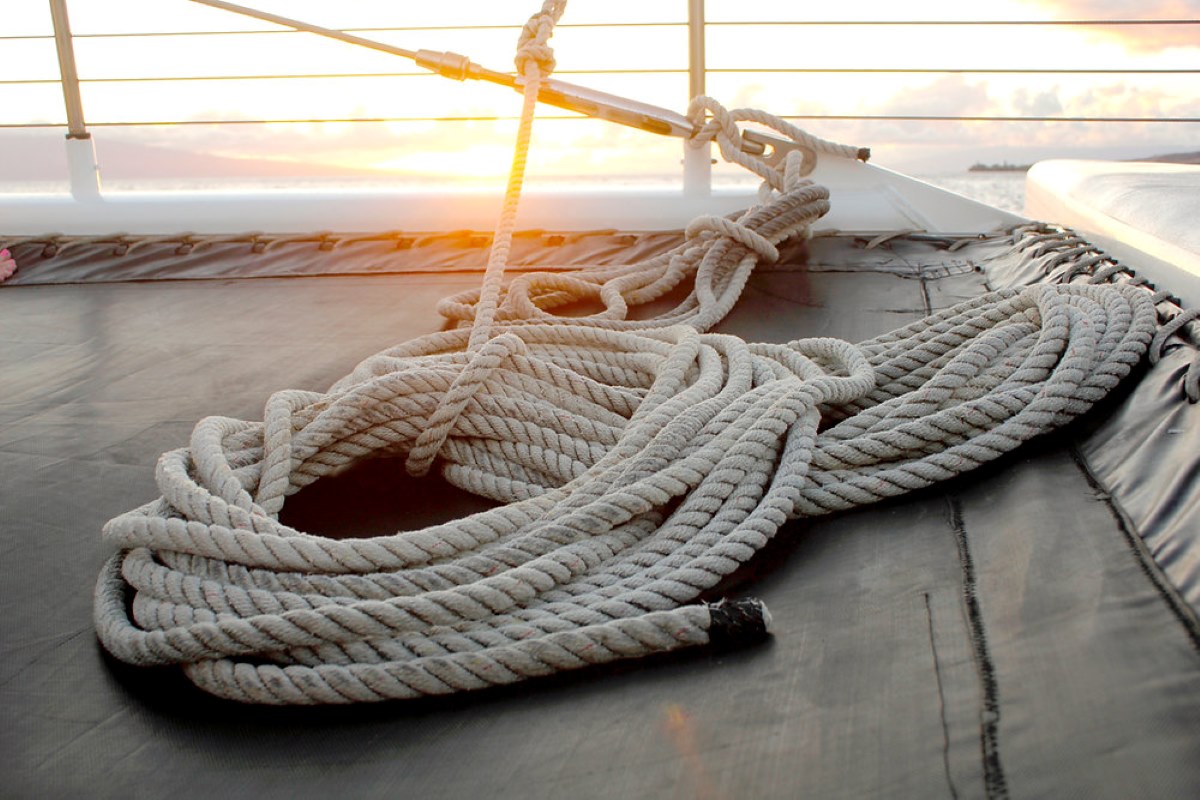
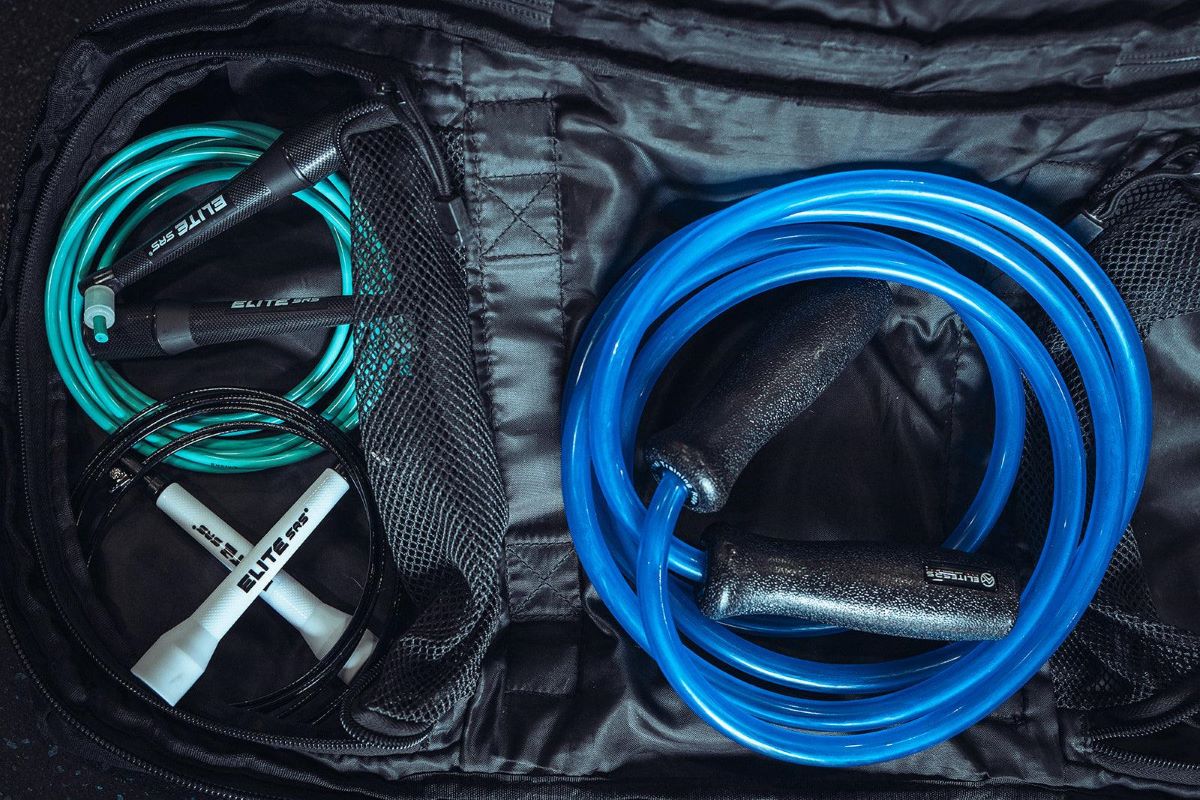
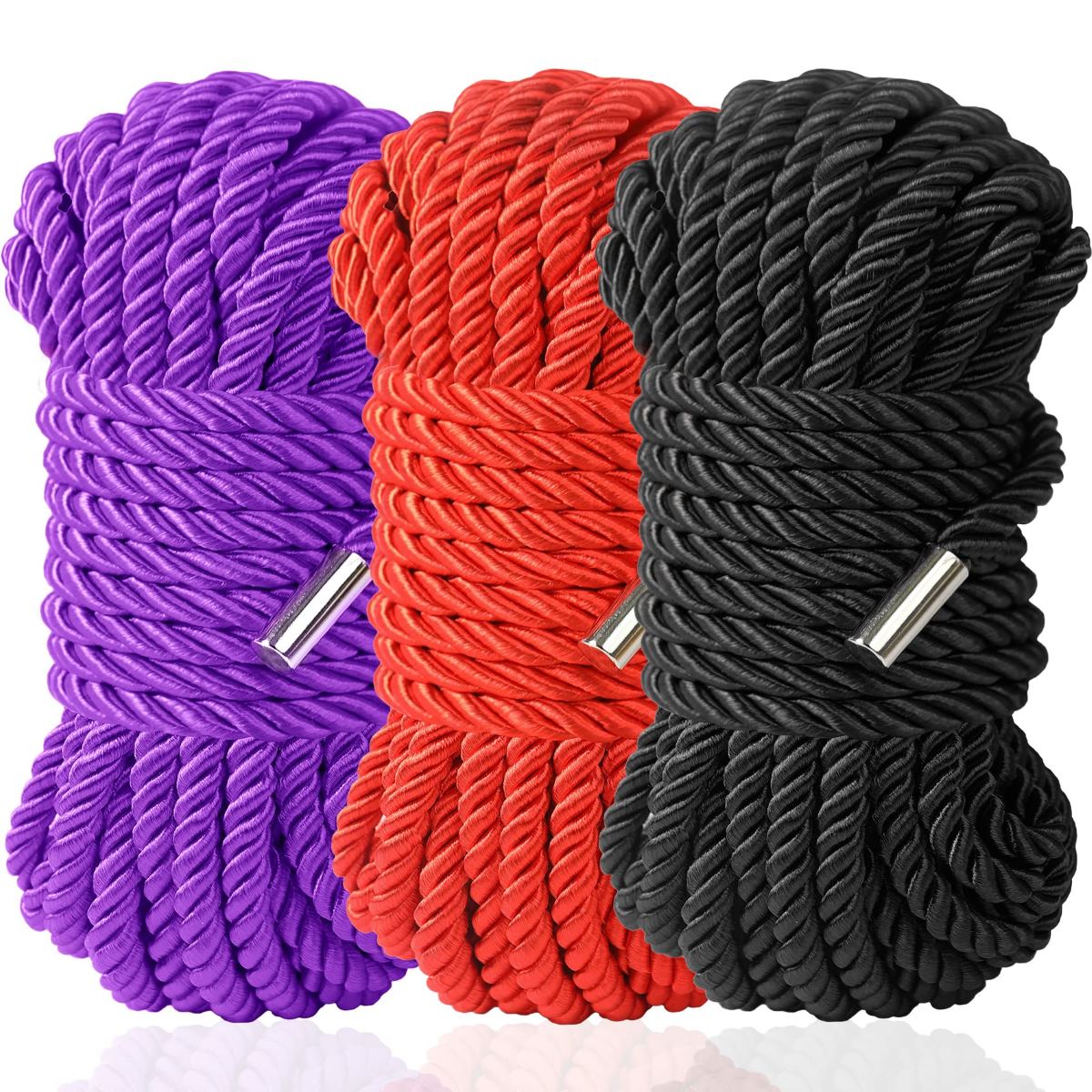
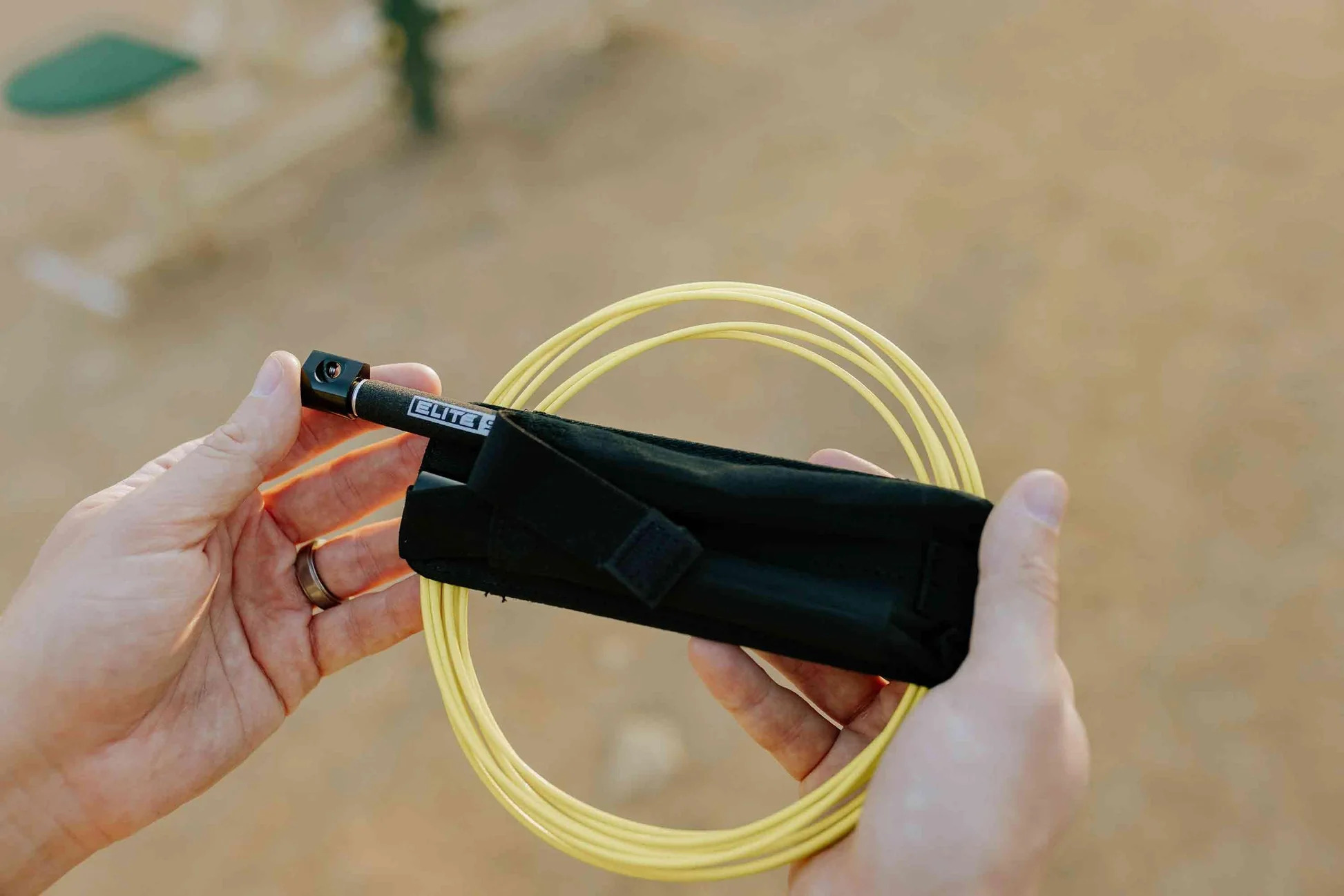
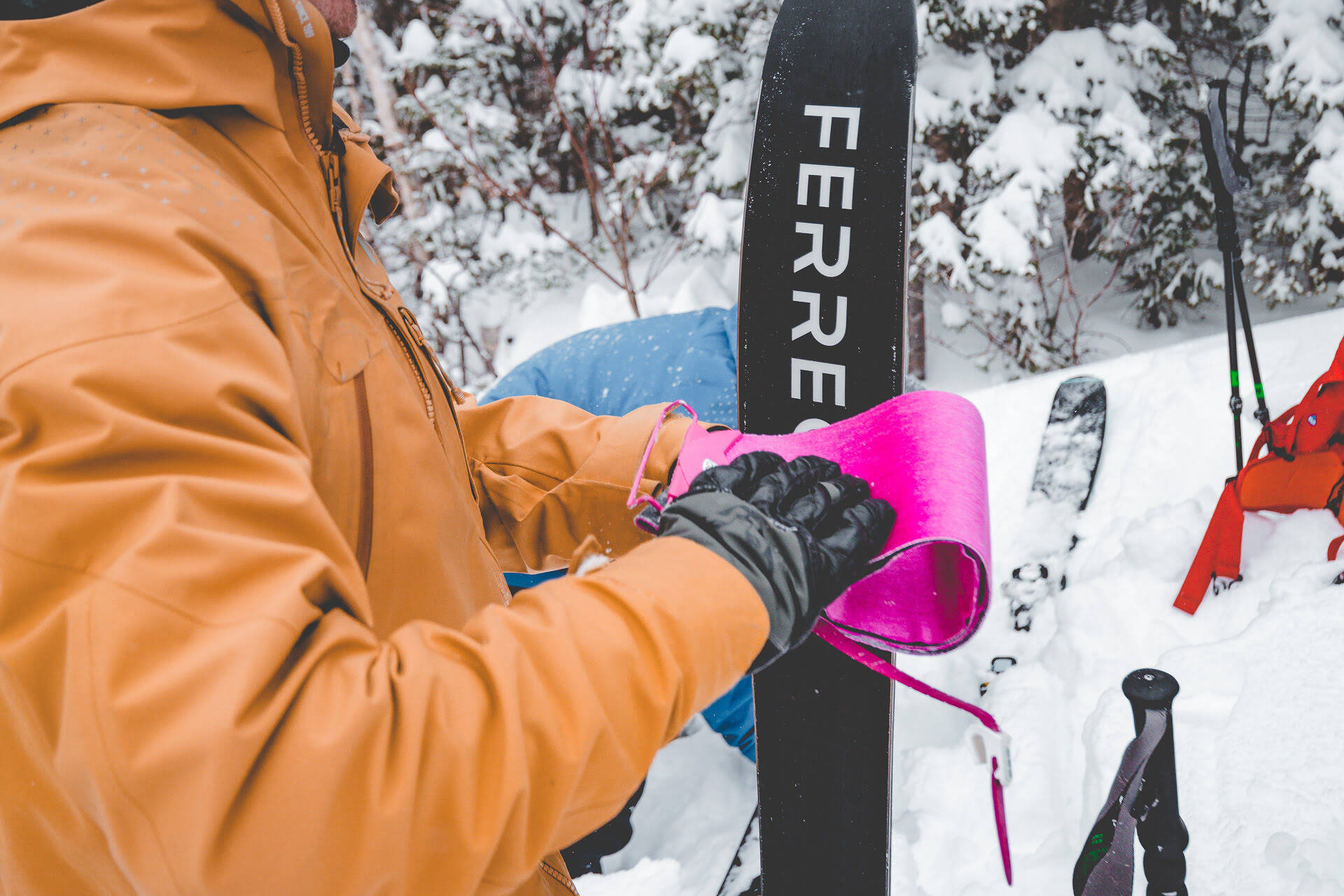
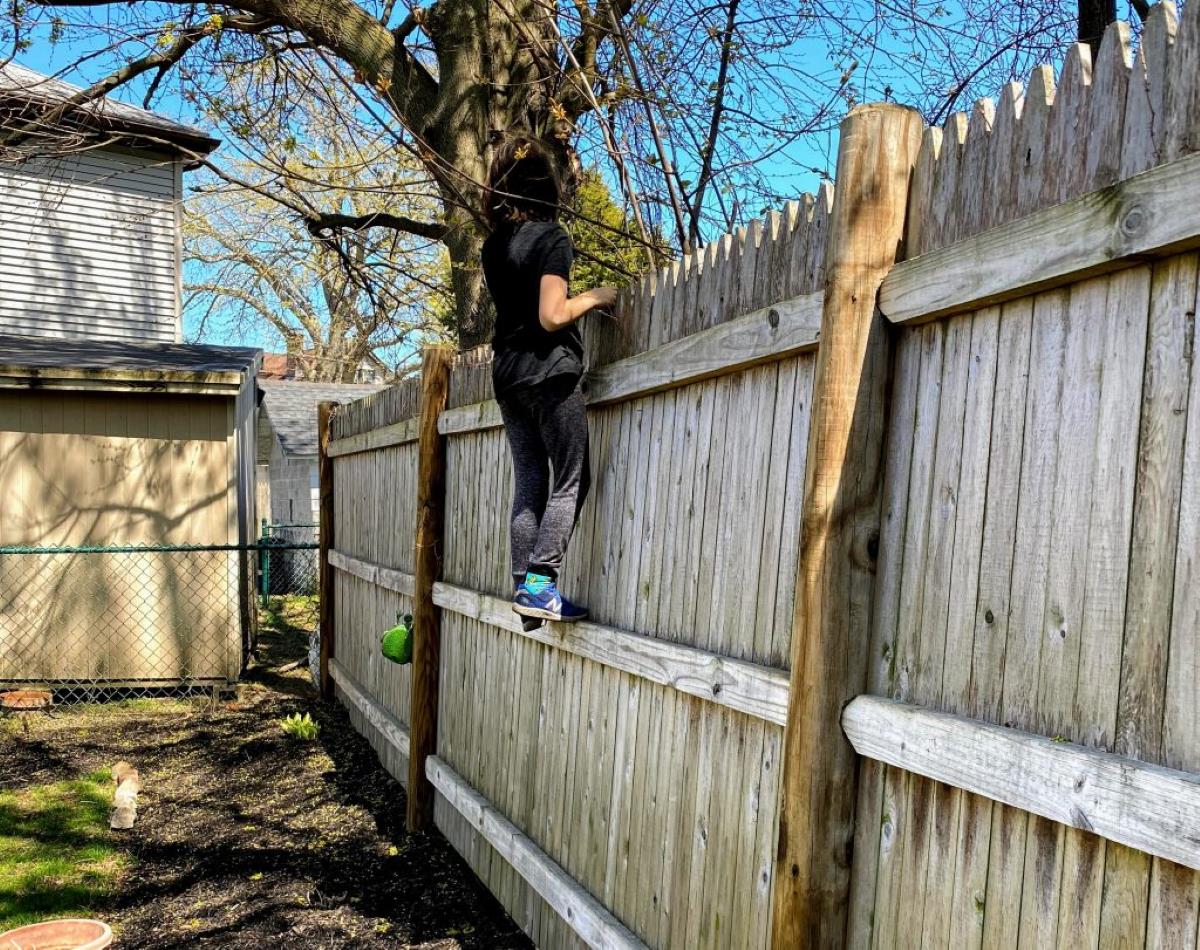


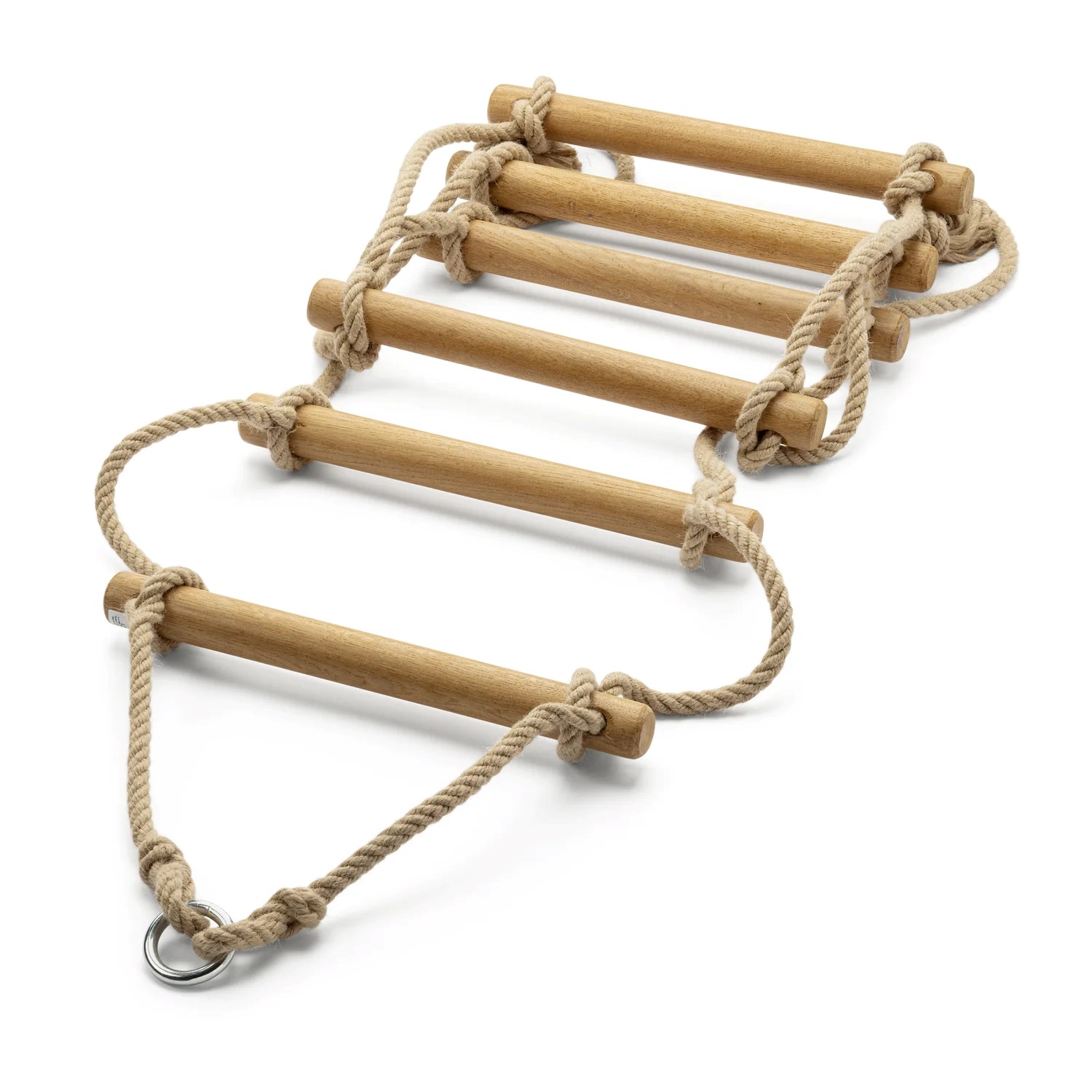
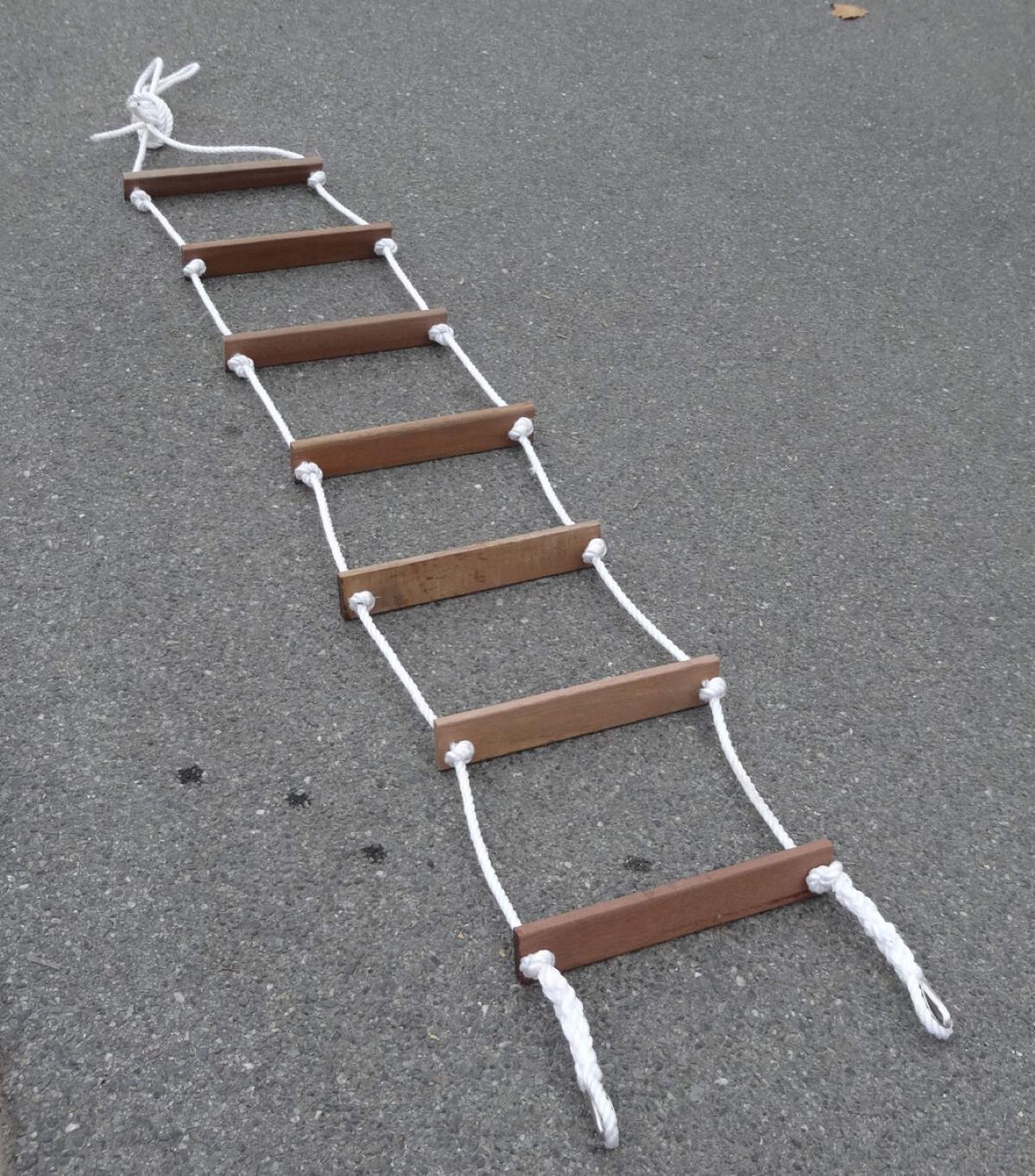

0 thoughts on “How To Store A Climbing Rope”